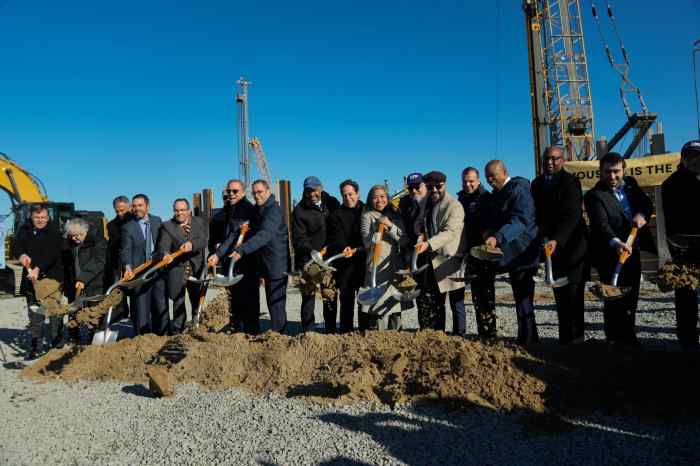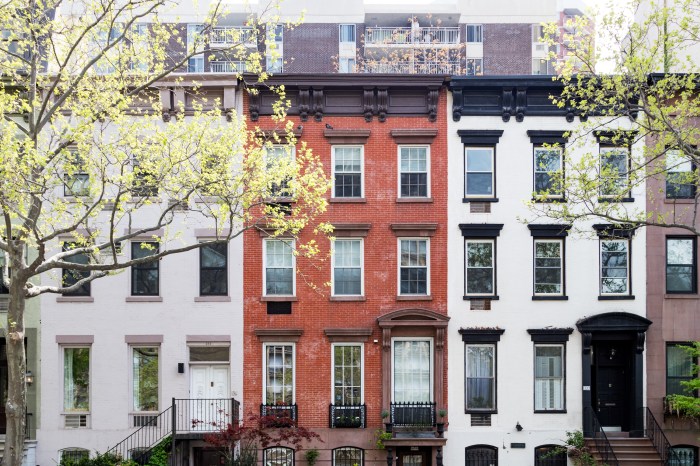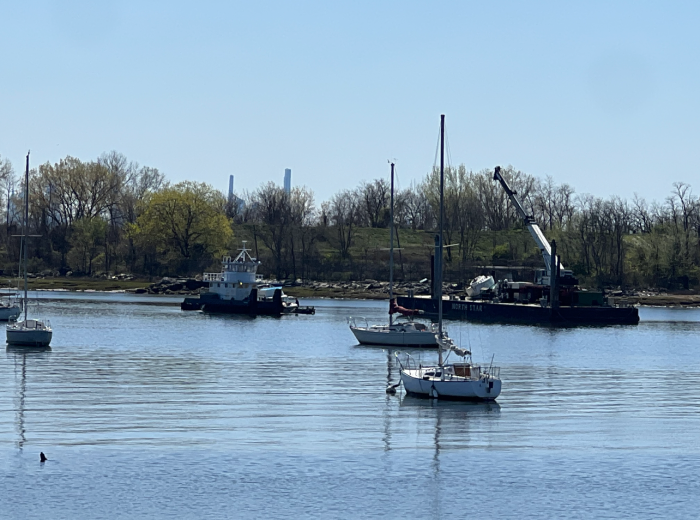For New Yorkers concerned about overly aggressive policing, the death of Eric Garner was the moment their fear turned real. For police officers, who for months endured bitter protests after Garner’s death, the assassination of Dets. Rafael Ramos and Wenjian Liu is their own nightmare come true.
Both groups fear violence. Both groups demand respect. Now, convinced of their positions by the tragic events of this year, both have closed ranks to square off — with the vast majority of New Yorkers stuck in the middle. To complete this triangle, we now find the mayor at odds with police.
We are, undeniably, in a bad place. And not far from this spot you can see a future that’s even worse. In fact, if the distrust continues, we will miss an opportunity to make historic improvements to policing policy. Those improvements are necessary for the public and officers alike, and will help continue the historic declines in crime.
It is all the more vexing that this is where we are when, not only is the crime rate at extraordinary lows, but every single indicator of police behavior is trending positive. Stop-and-frisk is down from a high of 685,000 stops in 2011 to a low of fewer than 50,000 last year. Police complaints are down 11 percent; out of 34,000 police officers, there were just 81 incidents when they used their sidearm in 2013.
So it is in everyone’s best interest to get back on track. But where do we go from here?
First, police and protesters must both acknowledge their biases. Police understandably bristle — as most people do — at the idea that they unfairly judge people based on a single characteristic, especially race. But the research is clear: every one of us acquire subconscious biases through our life experience. These, however, can be corrected.
For police, acknowledging these biases and learning to correct them with specific training is extremely important for their work, since they are entrusted with the lives of others. Just as important though, that same training and recognition will increase their own safety on the job.
Police are not alone in their biases. Their critics characterize them as a homogeneous, authoritarian force. This is a dehumanizing view, and it harms the relationship between them and individual officers.
So, for protesters, too, it is imperative that they see and treat cops as fellow New Yorkers.
Next, we must clear up this controversy over “broken windows” enforcement of low-level crimes. The largest determining factor of where such arrests are made is also the most democratic: the NYPD sends the most officers to areas where 911 and 311 complaints are highest. Why would we stop something that works so well?
Even so, the NYPD is continuing to move toward giving most officers the discretion to make fewer arrests by enforcing the law through more summonses and warnings, and by using other non-arrest techniques to resolve problems. It empowers them in the neighborhoods they patrol, and helps them avoid potentially dangerous and unnecessary conflict.
Commissioner Bill Bratton also has said he is moving the NYPD in the direction of quality not quantity of arrests, as he has laudably done with marijuana.
This, ironically, is exactly what protesters want, too. They may be calling for an “end” to broken windows policing, but really what they want — and rightly — is to ensure young men of color are not disproportionately prosecuted for low-level crimes.
Finally, communities must believe in the system. So let’s empower them. Community Adjudication Panels should be established to decide punishments for certain local quality of life offenses that would not require jail or permanent records.
With such panels, not only would the community take ownership of the level of punishment for these offenses, the impact on the offender would also be much more meaningful than appearing before a faceless judge.
In the end, we all share common goals which collectively can be reached. The result of these steps will be a safer city.
Richard Aborn is president of the Citizens Crime Commission of New York City, a private watchdog organization.

















